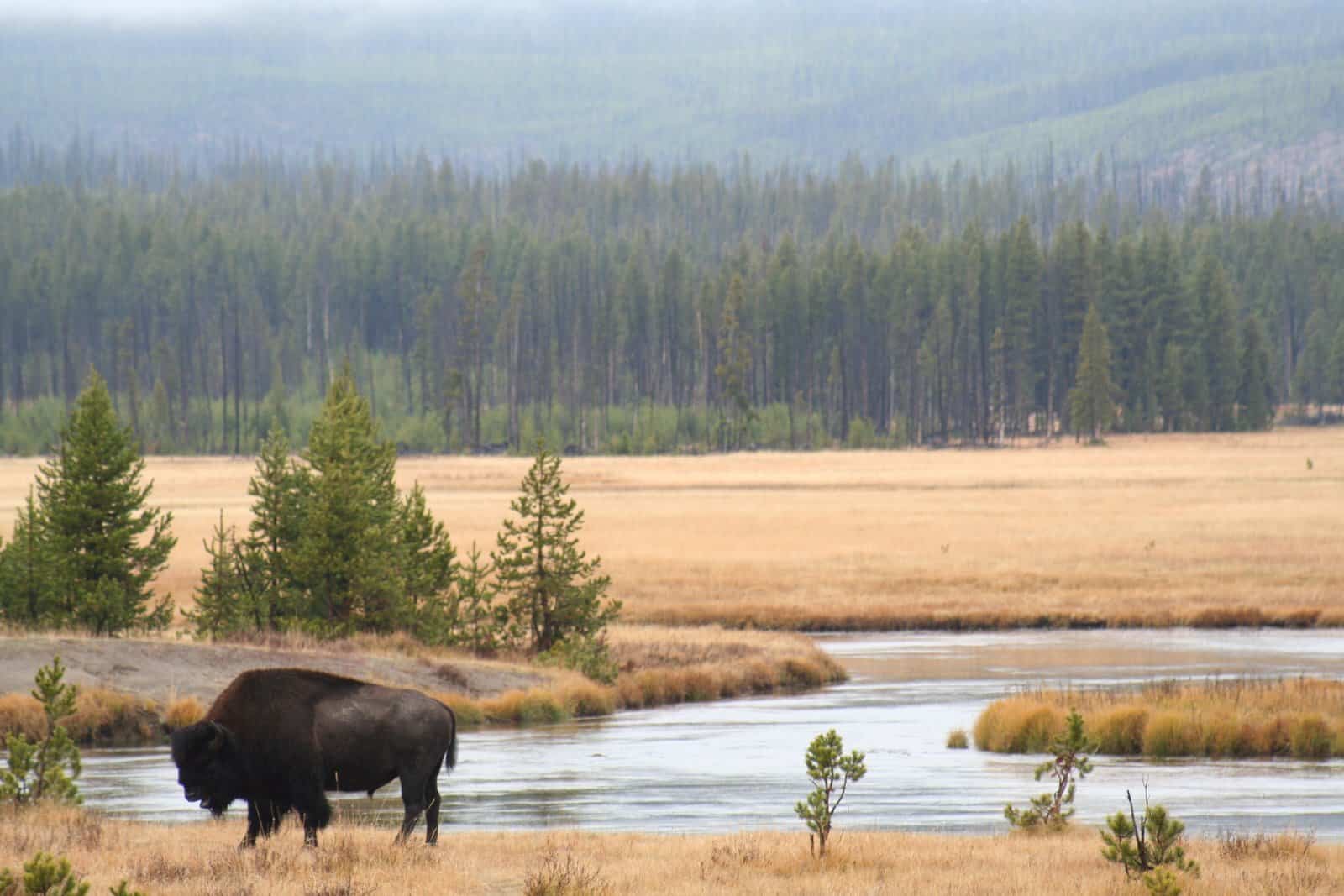Share this article
Site visit insights: Butterflies find key habitat on San Bruno Mountain
Site visits are critical to helping scientists learn more about species and their habitats. The trips often take them into areas most people do not have a chance to explore, including public and privately-owned restricted sites, as well as some remote and hard-to-reach areas. “Site visit Insights” provides a behind-the-scenes perspective of wildlife biology, featuring photographs and interesting discoveries and happenings biologists experience in the field.
In cooperation with the U.S. Fish and Wildlife Service, The Wildlife Society is pleased to share these insights.
Wildlife Biologists: Joseph Terry and Valerie Hentges, wildlife biologists, Sacramento Fish and Wildlife Office
Site visit location: San Bruno Mountain, Brisbane, California
What was the purpose of the site visit?
San Bruno Mountain Habitat Conservation Plan was the first Habitat Conservation Plan in the nation (circa 1982). The Habitat Conservation Plan for San Bruno Mountain protects the ecosystems for threatened and endangered species. In this case, it offers one of the core habitat areas for the endangered mission blue, callippe silverspot, and San Bruno elfin butterflies, and the recently reintroduced threatened Bay checkerspot butterfly.
The purpose of the site visit was to view the difficulties and constraints the San Mateo County Parks Department faces in restoring and managing habitat for the endangered butterflies on San Bruno Mountain given the budgetary and other constraints under the Habitat Conservation Plan. Spring usually has the benefit of more sightings of some of these butterflies during their flight season due to the overlap in mid-May of the end of the flight season for the mission blue butterfly, the beginning of the flight season for the callippe silverspot butterfly, and the larval emergence of the San Bruno elfin butterfly.
Where did you go?
San Bruno Mountain, which is part of the San Mateo County Parks System in northern San Mateo County, California.
What partners were you working with and what is the nature of SFWO’s partnership with them?
San Mateo County Parks Department is the lead agency for implementation of the San Bruno Mountain Habitat Conservation Plan. Creekside Science provides technical expertise in restoring, managing, and monitoring habitat for the endangered butterflies on San Bruno Mountain and the translocation of endangered butterflies to and from San Bruno Mountain. The Sacramento Fish and Wildlife Office is on the Technical Advisory Committee for the San Bruno Mountain Habitat Conservation Plan and provides guidance in restoring and managing habitat for the endangered butterflies.
What did you learn from this site visit that you didn’t know before?
Bay checkerspot butterfly larvae were successfully reintroduced to the annual grasslands of San Bruno Mountain this year from their core population in the serpentine grasslands of Santa Clara County. Even though native dwarf plantain is its primary host plant in the serpentine grasslands of Santa Clara County, the larvae adapted to the different habitat conditions of San Bruno Mountain by learning to forage on the non-native English plantain; which is more prevalent. Thatch from invasive annual grasses is one of the primary threats to the endangered butterflies of San Bruno Mountain that has yet to be addressed.
What surprises did you encounter during the site visit?
Weather conditions are highly variable on San Bruno Mountain which makes scheduling butterfly monitoring difficult. During our visit, it was extremely windy on some parts of the mountain—which can make it difficult for the butterflies to fly. The endangered butterflies rely on natural disturbances, like fire and grazing, to maintain their grassland habitat and prevent encroachment of native shrubs. Prescribed burns are prohibited on San Bruno Mountain due to safety concerns because of nearby homes and the San Francisco airport flight path. To help with land management, San Mateo County Parks Department will be setting up a technical advisory team to evaluate the feasibility of reintroducing cattle grazing to San Bruno Mountain. Grazing controls invasive grasses and the encroachment of native shrubs that threaten the grassland habitat of the endangered butterflies.

Sacramento Fish and Wildlife Office Biologists Joseph Terry and Valerie Hentges invite you to join them on a site visit to San Bruno Mountain. ©Veronica Davison/USFWS

Named for their quick, skipping flight, the fiery skipper butterfly (Hylephila phyleus) is often mistaken for a moth. ©Veronica Davison/USFWS
Header Image: San Mateo County Natural Resources Manager Ramona Arechiga leads biologists on the San Bruno Mountain site visit. ©Veronica Davison/USFWS










